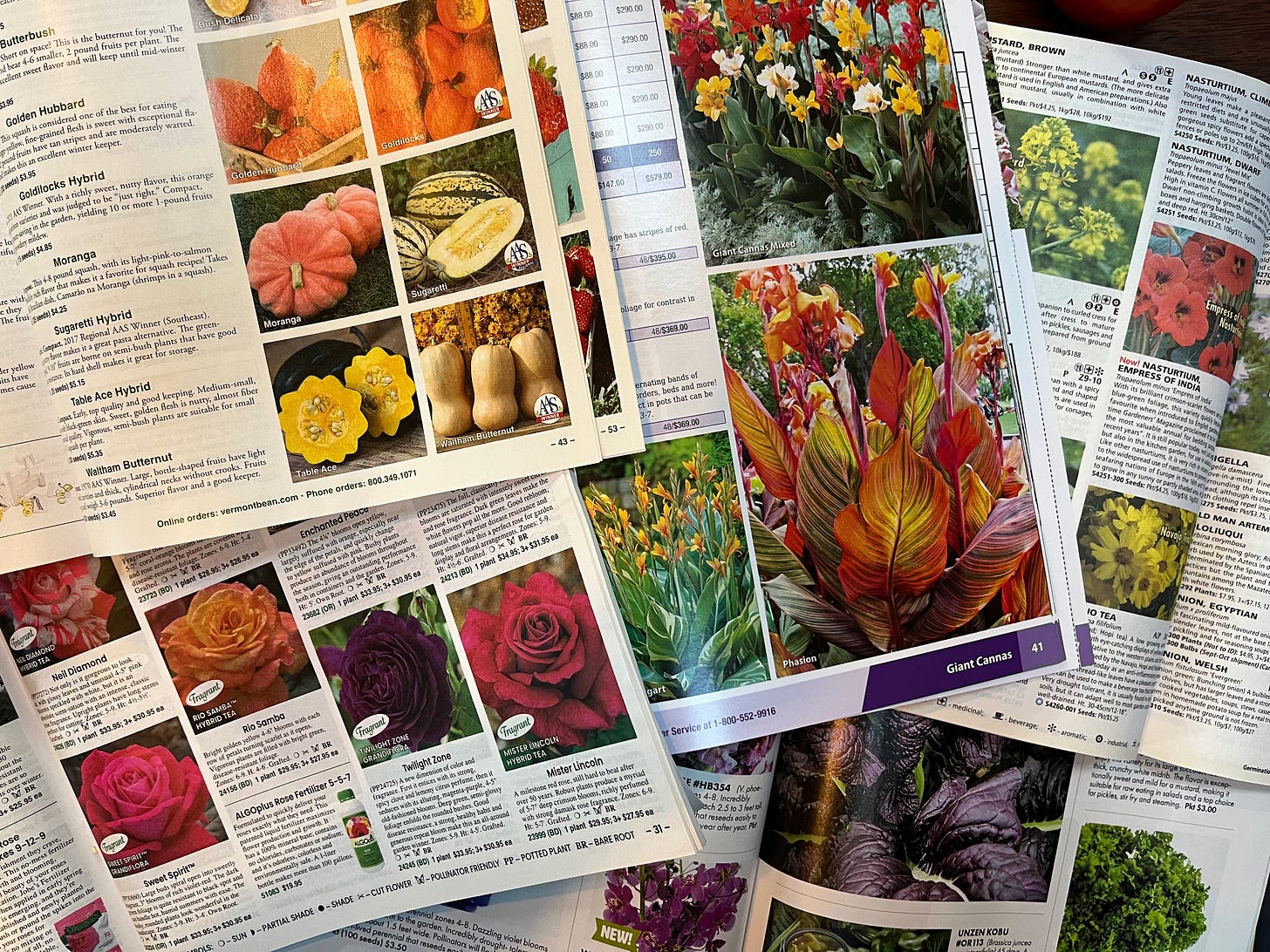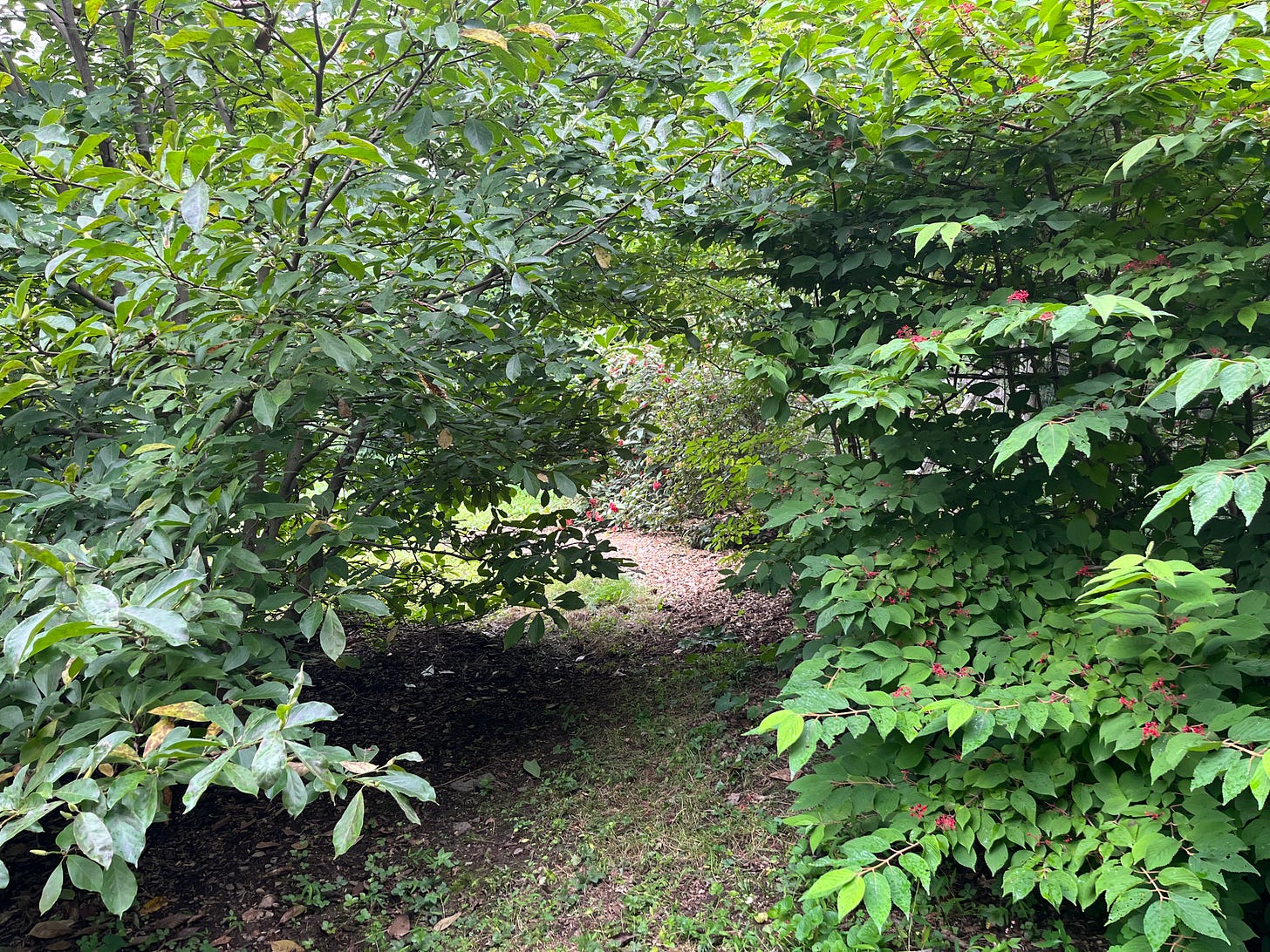As a new year rolls in, most of us are now gaining a few extra seconds a day, and probably some extra calories as major physical gardening chores slow down and for some, even stop. Plant catalogs have been arriving since before Thanksgiving, and if my fingers counted for exerting calories for all of my page-turning, I’d be pretty fit! Diving deep into the many, many catalogs that we get is my annual New Year’s Day tradition of making lists of what I must, need and want to grow for the year, each catalog more seductive than the last, with picture-perfect photos of promises of perennial perfection, voluptuous vegetables, and handsome but haughty herbs.
What I call Floraporn.
My version of Floraporn: courtesy of Hortus Arboretum
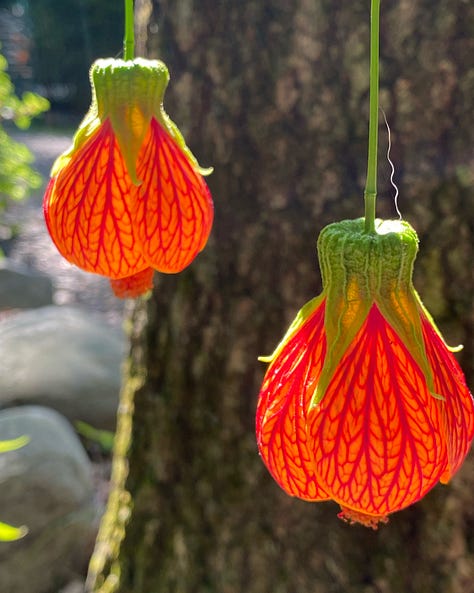



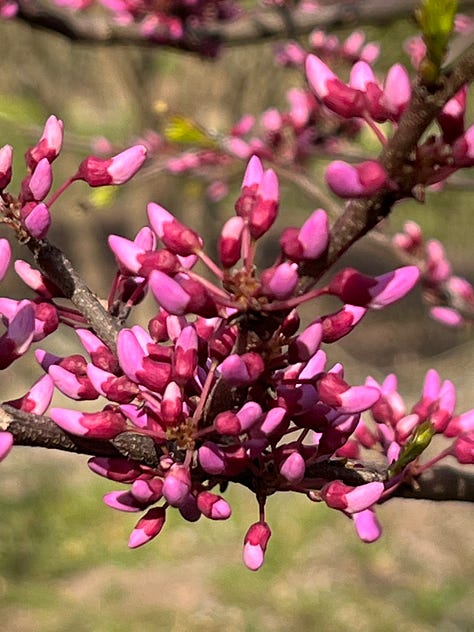

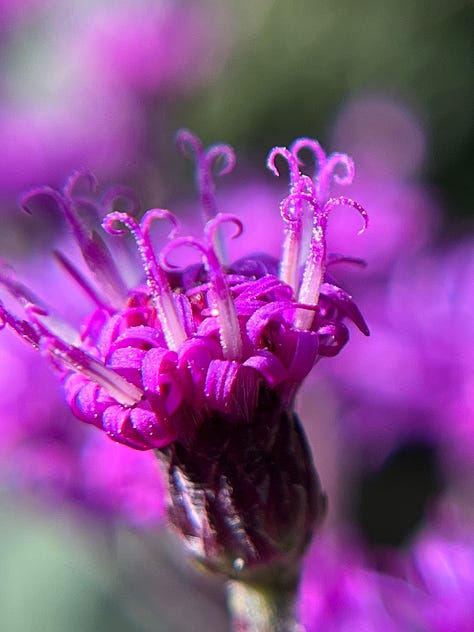

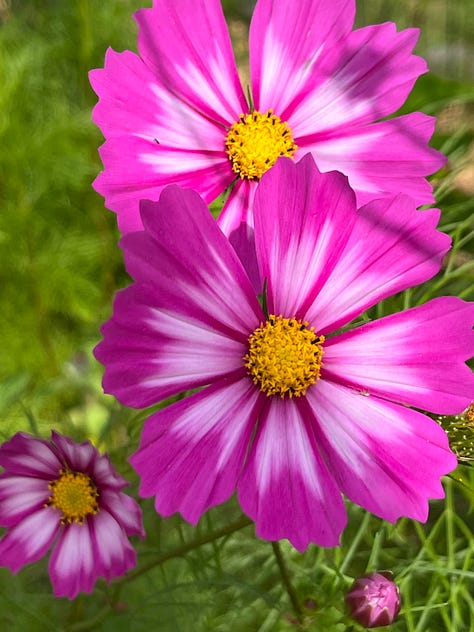
The majority of you dear subscribers don’t necessarily know my horticultural journey and how I ended up creating from scratch (as Scott, my husband and co-founder, would say) Hortus Arboretum, currently a level II arboretum with a mission to preserve rare and endangered plants and grow the widest diversity of genera that we can in Ulster County. We started in 1999 with 3 acres of land, the family we bought it from summered mostly for 80 years and proudly grew big lawns of grass, box hedges, forsythia, and lilacs. Fortunately, the family’s grandparents had planted or allowed to grow two Butternut trees (Juglans cinerea) already close to 35’ tall 25 years ago when we moved in. Although one has since died, the remaining Butternut is still glorious, even if her nuts are diseased. Check out my earlier Substack post that goes a bit into this beautiful native.
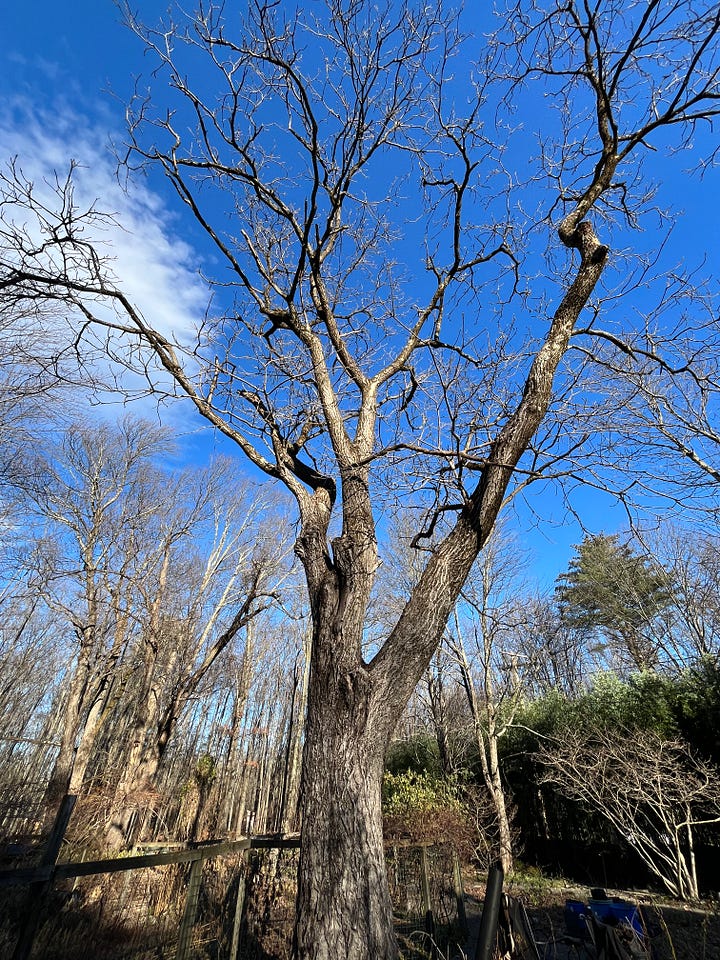
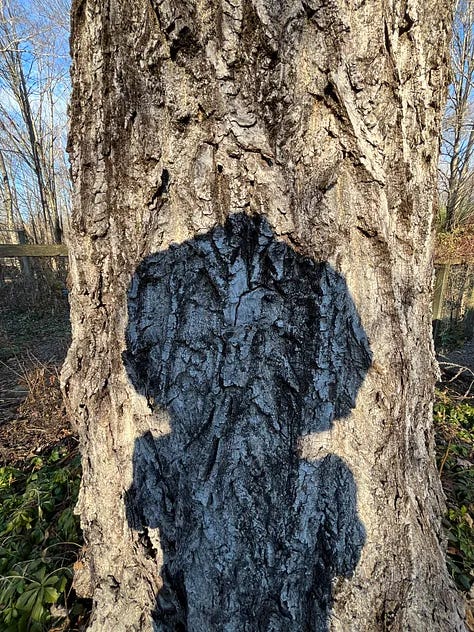
Now, 25 years later, with just a few “throw rugs” of grass and intentional plantings on ten of the 21 acres of land, we are fortunate to garden, protect, nurture, and steward for the next generation to enjoy as a public green space.
A short synopsis of me, by me.
Right out of film school, without a “proper” degree, I almost immediately got a job in a commercial production house in NYC. This led to my becoming a home-economist/food stylist. This was where I cut my teeth learning all about food. The early years were a wonderful blend of recipe development, magazine work, and food labels. One of my favorite jobs was picking the hairs of many of the plumpest red raspberries for a red raspberry sauce label. It’s crazy that I enjoyed that task even though I knew how stupid it was.
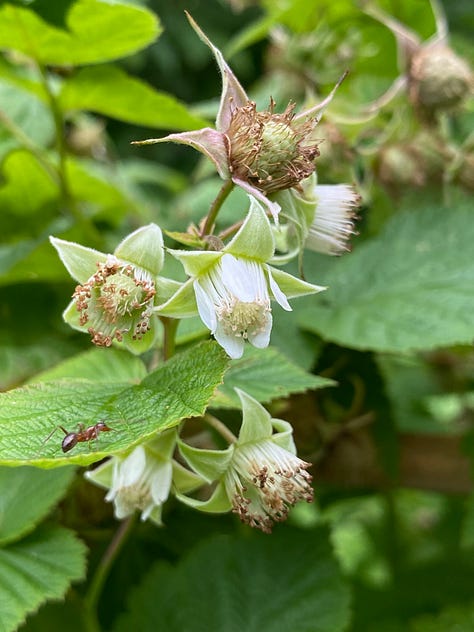
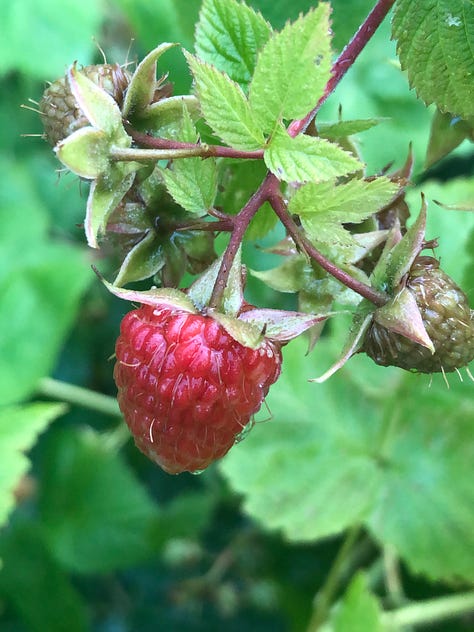
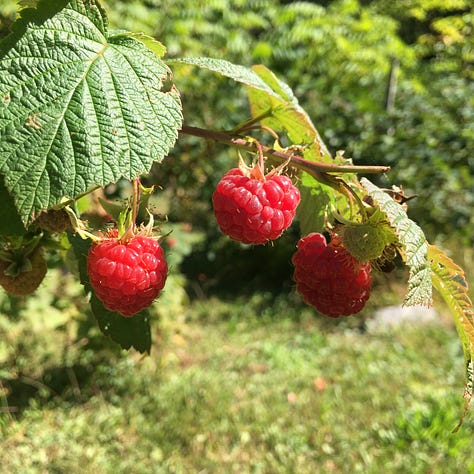
Tweezers in hand, delicately pulling each “hair” out of the individual berry because I guess someone thought they were unappetizing! However, those “hairs” are simply the reproductive parts, the leftover pistils. Foodporn.
(Actually, raspberries are not technically a berry but a drupe and you can read more about that in the chapter on them in my book, ‘Cold-Hardy Fruits and Nuts’ published by Chelsea Green).
Later, when juggling motherhood and being the breadwinner, I opted for the fast and furious-world of food commercials because they were long days and lucrative, and I could get away with working just a couple of days a month due to our modest family lifestyle. Unlike the painstakingly snail pace of food photography, where even the sesame seeds on a hamburger bun are scrutinized! And yes I’ve grown black sesame seeds over the years.
Whether it’s for packaging on a box, a label, the side of a bus, or seen in a culinary or mainstream magazine there is definitely a high art to making some unreal look real.
Food commercials translate to less than half a minute of some highly stylized food with the sole objective of making you shut off the TV and go get whatever is being sold to you. So much money is spent on producing these spots, and every time there’s a new food campaign, you need to “shoot” that new product. I have worked for every fast-food company out there. I have seen things I can’t unsee and have done things to food no one should be allowed to!!

So, my reverence for growing food and celebrating the wonders of what can be grown with minimal interventions was not just a blaring contrast but a direct fuck you to the fake food worlds that I worked in. Treating food with so little respect as a foodstylist, doctoring up food, making it something it really isn’t, and then not even being able to eat any of it when all is said and done is just a waste of food, even if it was fast food.
One humble way I thought could amend my bad food behavior was to grow lots of different things and over time save enough seed for the following season and to share with others.
We often grew a “mini-market” of vegetables including but not limited to a variety of homegrown lettuce, spinach, carrots, kale, chard, beets, beans, melon, coriander, onions, peppers, tomatoes, garlic, eggplants, pumpkins, potatoes, corn, pumpkins…you get the idea. Studies have shown the nutrient value of farmed crops has decreased, so growing your own veg (or local farmers)so much more healthy, than if you buy them at a supermarket.
But truthfully, digging up your own carrot, or harvesting your own Kale is very satisfying for both belly & soul.
Here’s an interesting opinion from the NYTimes.. about modern day agriculture.





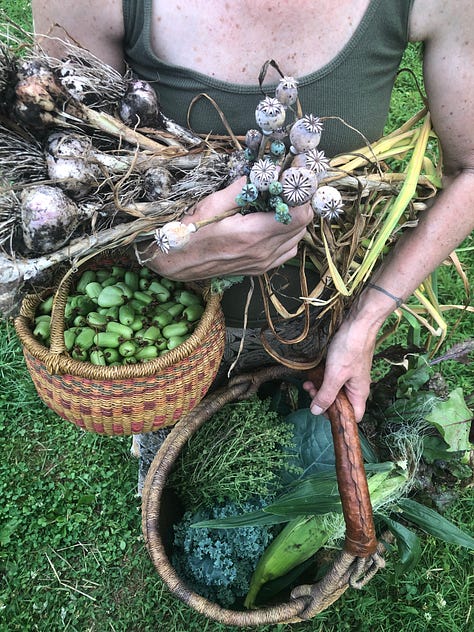
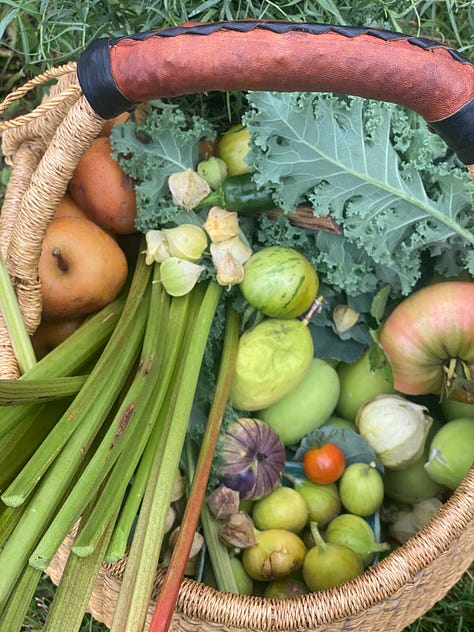
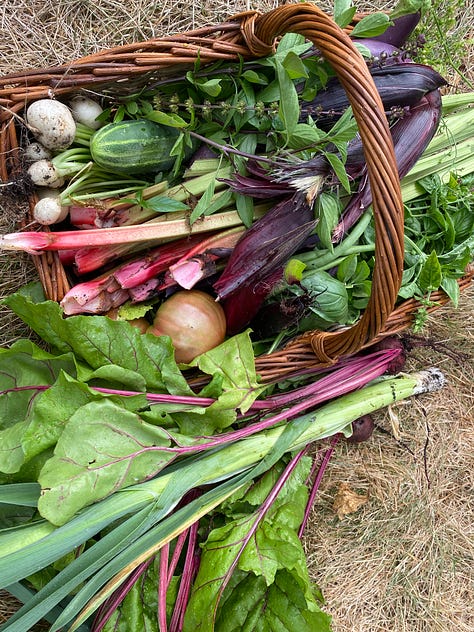

During both the early & later years of my intermittent foodporn work, my husband and I, along with a small crew, side-hustle as “horticulturists” by designing, creating, and putting in gardens for others.

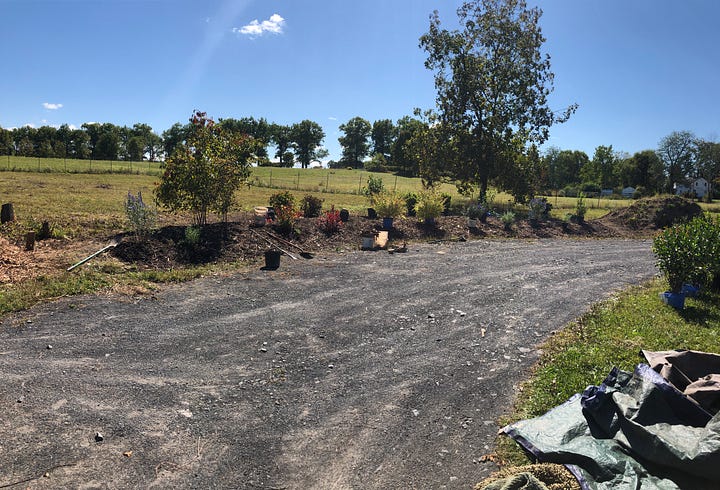
We especially liked the projects that included edible landscaping, and many of our clients listened to us when we advised them to put in Pawpaw and Persimmon trees, Blackberry brambles, ‘Dunstan’ Chestnut trees, to name a few.
The more fast-food companies I worked for, whether it was hamburgers, fried chicken, burritos, egg sandwiches, ice cream, steak, or sandwiches, it became super clear to me that I had become a food nazi, both at work and at home. No amount of growing green could negate the number of bad food things I had to commit to every day for work when I “cooked or prepared” for a television commercial. I was miserable! Part of this is my behind-the-scenes glimpse into the scale of damage fast food companies are doing and, in many cases, their complete control of industrial agriculture. I mean, I have to applaud McDonald’s for growing a forest of trees, but growing them for their milkshakes??
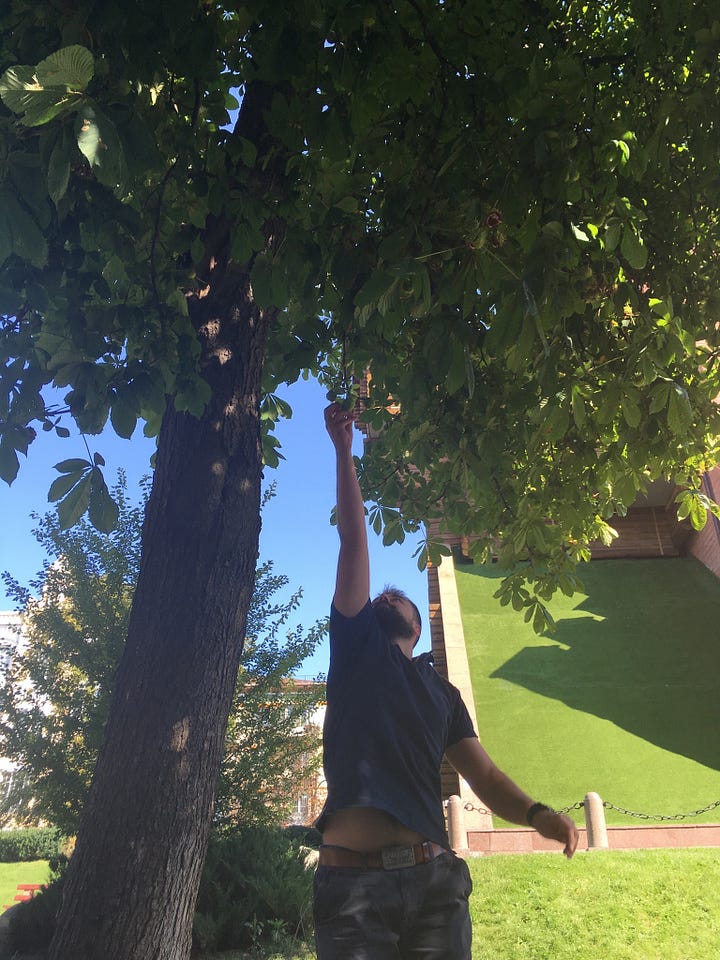

A bold article in the NY Times, by the writer Michael Grunwald cites recent reports that “food” is responsible for 26% of global Greenhouse Gas emissions. And one way to reduce this though wait for it- is through industrial agriculture. He argues that enormous amounts of food can be produced on a modest amount of land.
His article sites an interesting study:
Two out of five acres of land on the planet are converted to agriculture meaning converting wild landscapes into farms and pastures is more damaging with the carbon dioxide being released into the atmosphere than cow burps or nitrous oxides from fertilizers. Today, land conversion to agriculture continues to be a major driver of biodiversity loss and land degradation.
That’s a lot to digest, perhaps it means feeding people is ultimately more important than how that food is made?
However, I still have the utopian belief that industrialized agriculture is not the way to grow, and that we can grow food everywhere, for everybody! So many cities are utilizing rooftops for growing food, which is amazing. But what if office buildings, could be tricked-out to grow food? From cubicle to crop? Utilizing empty spaces and grow them into green spaces. Build raised beds so root crops can be grown in our public spaces, employ vertical farming techniques, plant edible small trees and shrubs inside containers. I especially love the ladies who planted edibles in their local cemetery. Let’s plant some fruit trees in our neighborhoods and community areas, instead of strictly ornamental ones. Rooftop gardening, community gardening, victory gardens, and school gardens are some examples of what’s been done to grow food with success.
Ok, back to me…luckily I called it quits from the fake food world , and worked at the arboretum planting, planting and planting, that is when I wasn’t gardening for others. I realized growing green was what I needed for my soul.
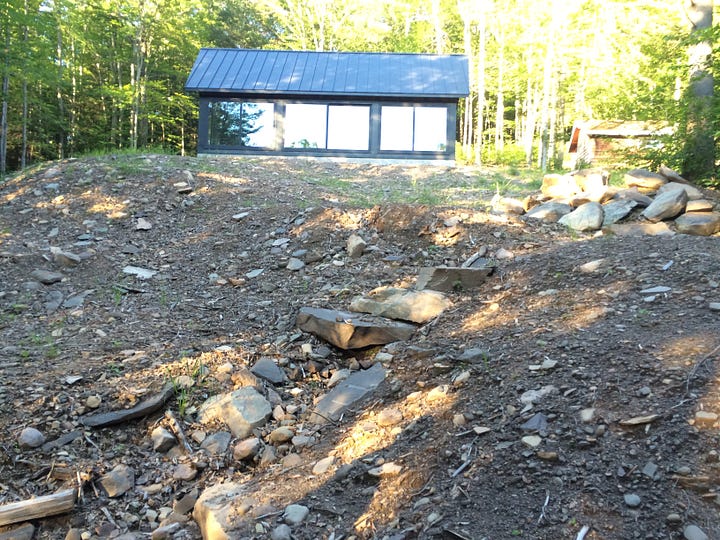
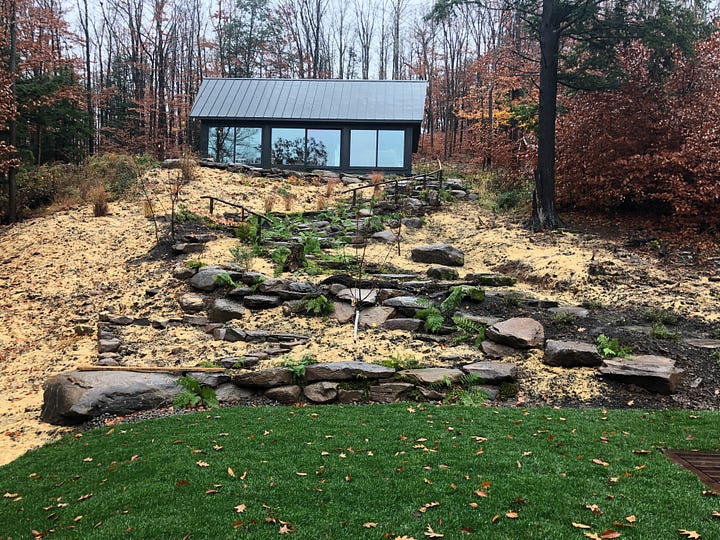
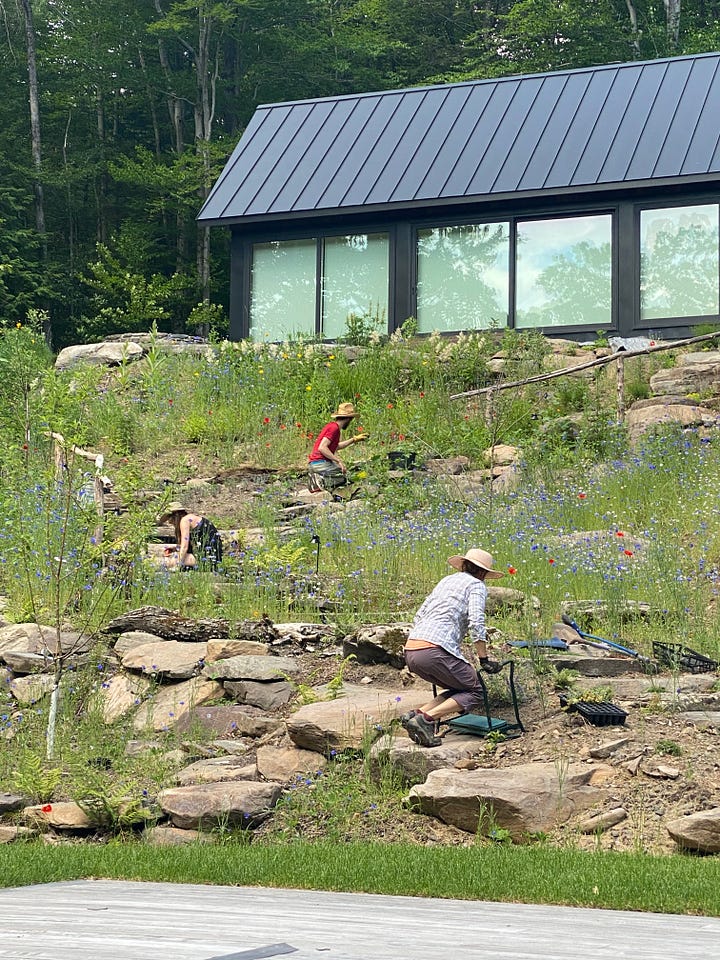
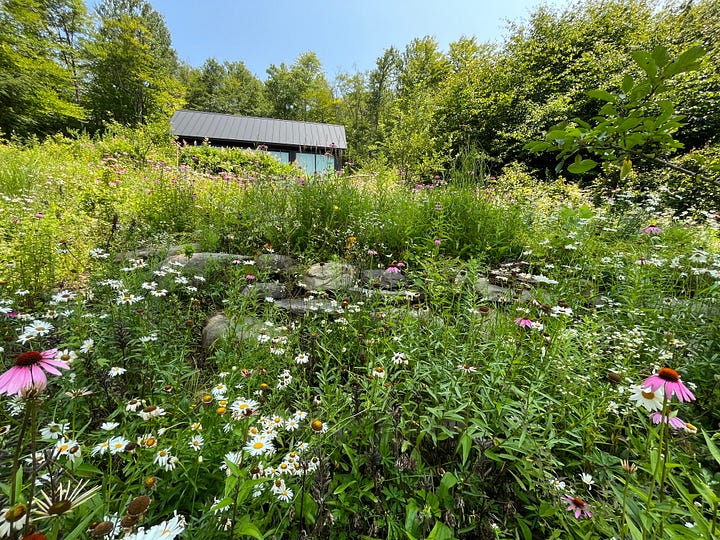
But you already knew that.
Then, in early 2019, we made the arboretum a nonprofit entity right as everyone got smacked by Covid. But not us. We were in a bubble of a rural environment gardening and managing an arboretum, and as a result, we were one of the few outdoor places where people could go and be immersed in nature. We were open when NYBG was not, or Wave Hill, or Innisfree. Folks could come as a “clan” for 2 hours and essentially have the gardens to themselves.
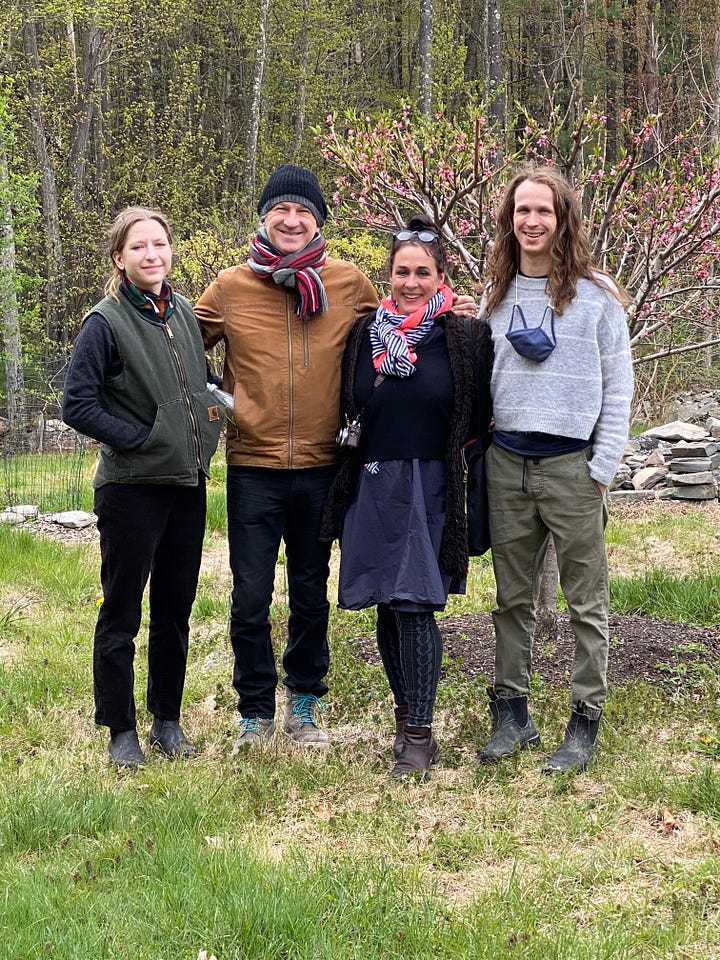

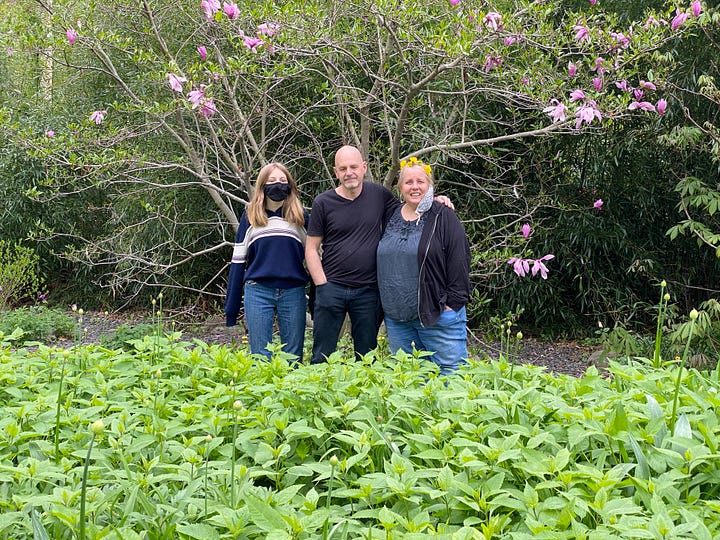

During the pandemic, we saw a huge surge of interest in gardening and people of all backgrounds, ages, and experiences eager to learn and grow. For Hortus the mission of becoming an educational resource for the public really germinated and got rooted during this time. We saw the need for educational signage throughout the gardens and were fortunate to receive a Stanley Smith Horticulture grant to design and install over 250 signs.
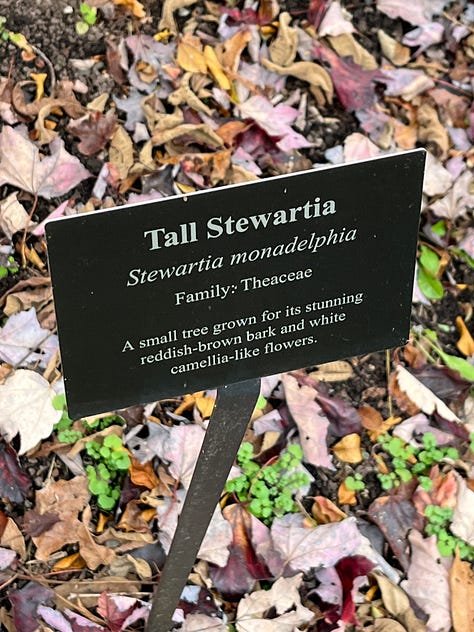
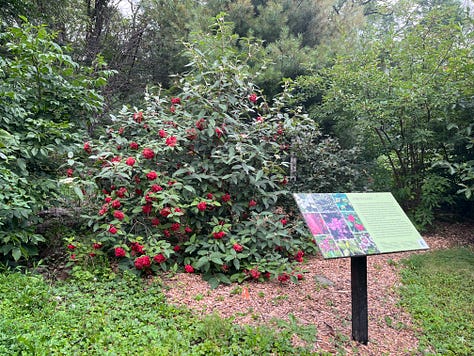



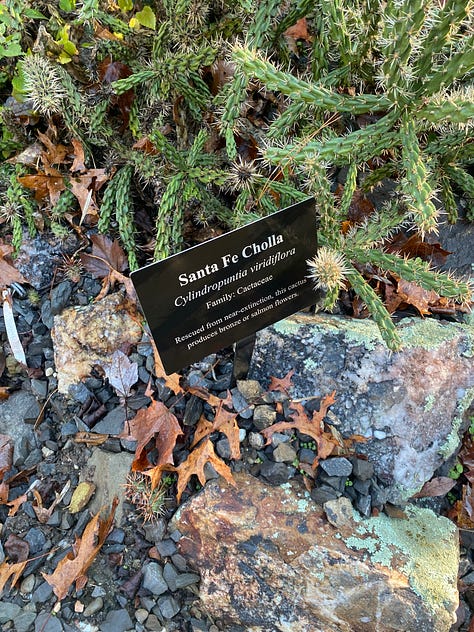
From the start one of our goals with the gardens is to be a “living textbook” of the diversity that could be grown in the Hudson Valley (and beyond). Diversity meant to us at the time, planting both edible and ornamental trees we had never heard of that we only saw at botanic gardens.

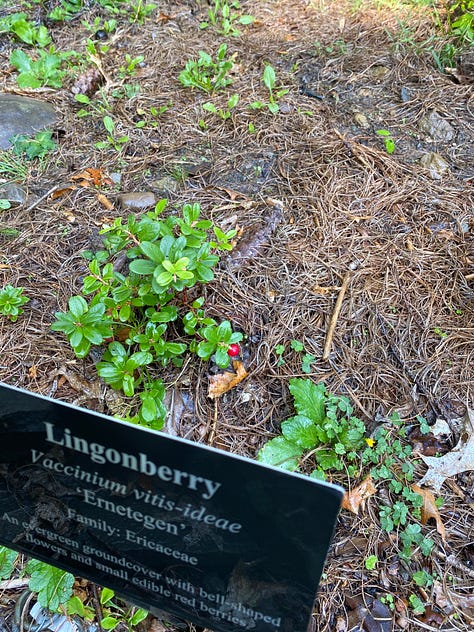

It also meant specifically growing fruiting plants beyond the well-known apples, pears, and peaches. Besides the fact that those fruits can be purchased at your local farmers market or grocery store, most of these fruits have been grown here for such a long time that certain pests, insects, fungi, and bacteria that are harmful to them have built up in such populations that growing them without the use of some type of “cide” - insecticide, fungicide, pesticide, whether organic or not, has become common and just what you need to do if you want to taste the fruits of your labor.


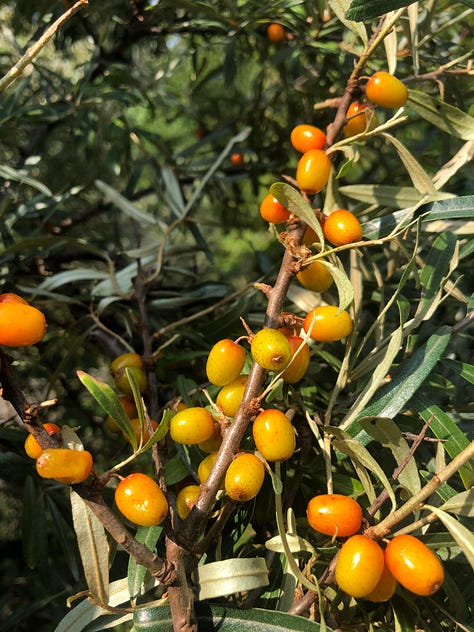
In the early 2000’s we began growing Medlars, Cornelian Cherries, and Sea Buckthorn, any and all the fruits that could survive our then zone 5 climate (we are now zone 6b). Back then there was only 2 types of Medlar variety available for sale in mail-order nurseries that specialized in unusual fruiting plants, even though it is an ancient fruiting tree!
Fast forward to now and the desire to try and grow EVERYTHING has only increased! So as you sit down with your plant catalogs order a few types of plants you’ve never heard of before, or at least try something you’ve never grown before!
Happy 2025 & see you in the gardens!
Thanks for reading along!




